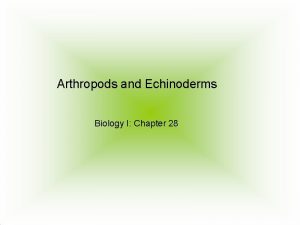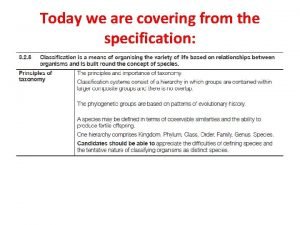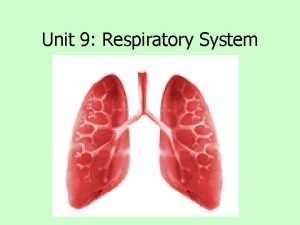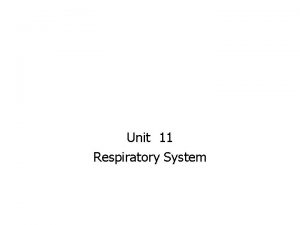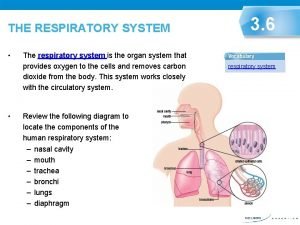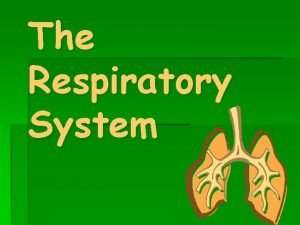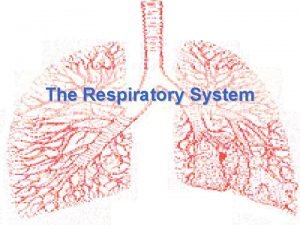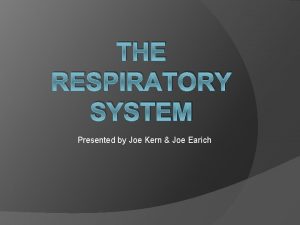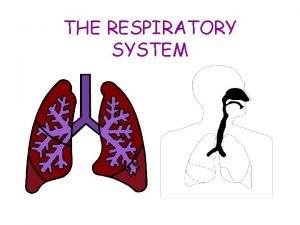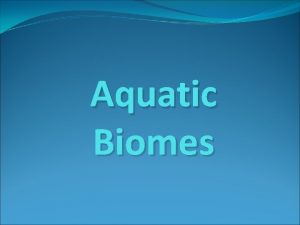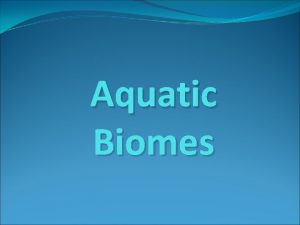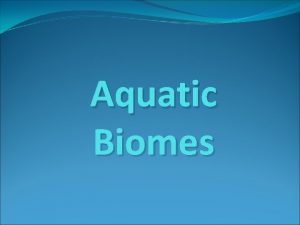PRAWN RESPIRATORY SYSTEM Prawn respires in the aquatic

















- Slides: 17

PRAWN RESPIRATORY SYSTEM

ØPrawn respires in the aquatic medium

RESPIRATORY ORGANS Ø LINING OF THE BRANCHIOSTEGITE ØEPIPODITES ØGILLS

RESPIRATORY ORGANS GILL CHAMBER ENCLOSES THE ABOVE THREE SETS OF REPIRTORY ORGANS IT IS LOCATED ON EITHER SIDE OF THE CEPHALOTHORAX

RESPIRATORY ORGANS The gill chamber is covered by the lateral extension of carapace, called gill cover or branchiostegite. Each gill chamber is thus open ventrally, anteriorly and posteriorly.

RESPIRATORY ORGANS

RESPIRATORY ORGANS Lining of the branchiostegite: The richly vascularised membrane of the branchiostegite serves as respiratory surface, through which gaseous exchange takes place,

RESPIRATORY ORGANS Epipodites: These are small highly vascularised leaf like membranous structures, one on the coxal segment of each maxilliped. These epipodites being present in the anterior part of the gill chamber carry out respiratory functions.

RESPIRATORY ORGANS Gills: Ø Gills are regarded as primary respiratory organs. Ø On each lateral side of the cephalothorax and beneath the branchiostegites, there are eight gills each attached with the thoracic wall by a gill root. Ø Seven of these eight gills are serially arranged, while the eighth gill remains concealed under the second gill.

GILL STRUCTURE • The gills are crescent shaped and their sizes increase gradually from anterior to posterior direction. • Each gill consists of a slender axis or base on which double rows of rhomboidal leaf like gill plates are arranged like the pages of a book.

GILL STRUCTURE

GILL – TYPES Basing position and mode of attachment, the gills are of three types Ø Podobranch Ø Arthrobranch Ø Pleurobranch

GILL – TYPES Ø Podobranch: attached with the coxa of the second maxilliped Ø Arthrobranch: attached with the arthroidal membrane of third maxilliped Ø Pleurobranch: attached with the outer border of the thorax and over the articulating surface of the walking legs.

MECHANISM OF REPIRATION • The scaphognathites of maxillae and exopodites of maxillipeds are responsible forcing the water to rush inside the gill chamber through posterior and lateral sides. This water passes out through the anterior end.

MECHANISM OF REPIRATION During the flow of water the vascularised surface of the branchiostegites, gills and epipodites are bathed and gaseous exchange occurs through these areas when dissolved oxygen is taken in and carbon dioxide passes from the body to the exterior.

MECHANISM OF REPIRATION • The scaphognathites of maxillae and exopodites of maxillipeds are responsible forcing the water to rush inside the gill chamber through posterior and lateral sides. This water passes out through the anterior end. • During the flow of water the vascula rised surface of the branchiostegites, gills and epipodites are bathed and gaseous ex change occurs through these areas when dissolved oxygen is taken in and carbon dioxide passes from the body to the exterior.

THANK YOU
 Chapter 28 arthropods and echinoderms
Chapter 28 arthropods and echinoderms Conducting zone of the respiratory system
Conducting zone of the respiratory system Respiratory system circulatory system digestive system
Respiratory system circulatory system digestive system Murcor mucedo
Murcor mucedo Surrey youth league
Surrey youth league How respiratory system work with circulatory system
How respiratory system work with circulatory system Circulatory system and respiratory system work together
Circulatory system and respiratory system work together Bozeman respiratory system
Bozeman respiratory system Unit 9 respiratory system
Unit 9 respiratory system Diagnostic test of respiratory system
Diagnostic test of respiratory system What is the respiratory system
What is the respiratory system The part of the respiratory system that is the voice box
The part of the respiratory system that is the voice box Respiratory system coloring page
Respiratory system coloring page Respiratory system purpose
Respiratory system purpose Conclusion respiratory system
Conclusion respiratory system Respiratory system jobs
Respiratory system jobs Chapter 7:10 respitory system
Chapter 7:10 respitory system Chapter 13 the respiratory system
Chapter 13 the respiratory system
